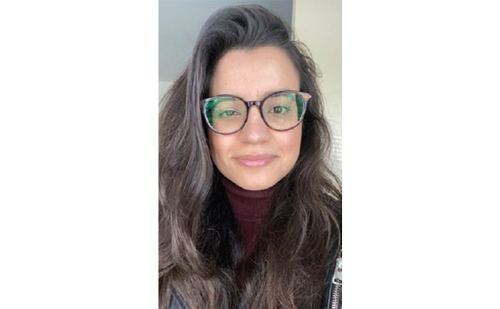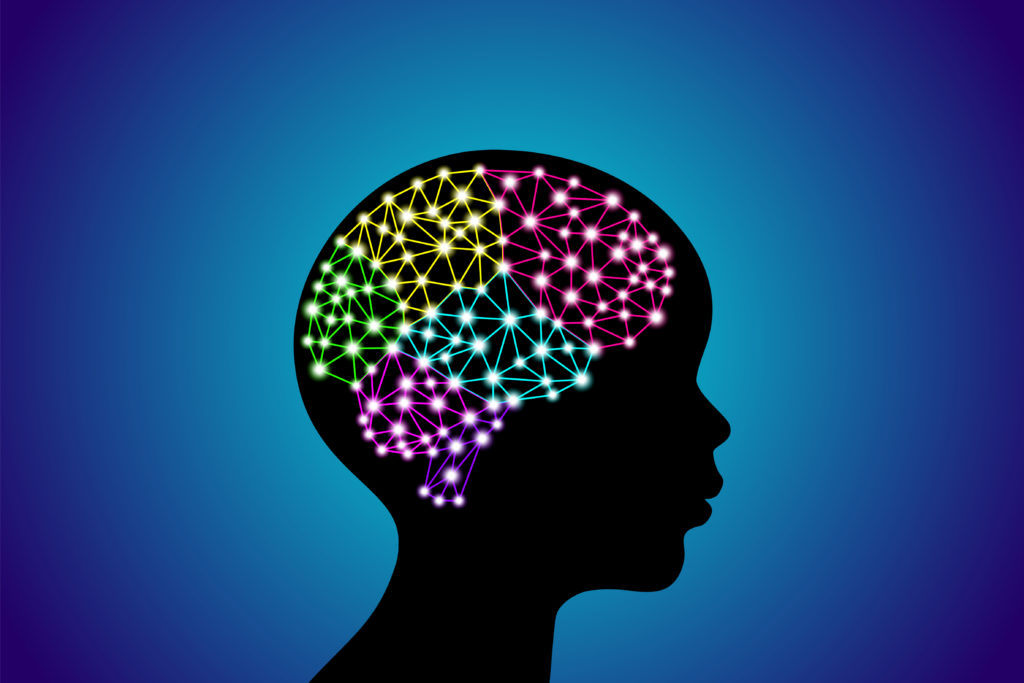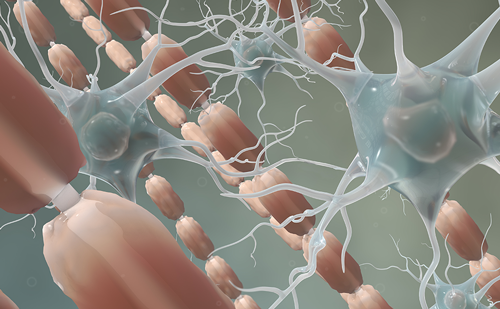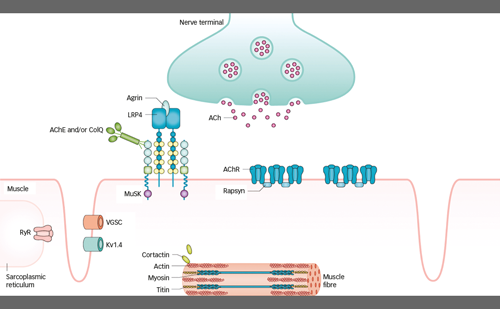Welcome to touchREVIEWS in Neurology, our newly-named journal, previously US Neurology. The decision to expand the scope of the journal was taken after an excellent year for touchNEUROLOGY. We feel that in an increasingly global research community, submissions were limited by an assumed primary reach to one regional audience. By taking on submissions from the recently closed European Neurology, this gives us the opportunity to grow, while reflecting an international medical community.
We begin with an editorial by Chisholm et al. on the topical issue of the possible association between chronic inflammatory demyelinating polyneuropathy and vaccinations.
The first of our review articles is on the subject of migraine. Jennifer McVige and Alit Stark-Inbar review evidence supporting the use of a novel technique – remote electrical neuromodulation – for the acute treatment of episodic and chronic migraine, as well as providing practical advice regarding its administration. Next, our attention turns to neuropathic pain, whose treatment is challenging with pharmacotherapy. May Chin describes a multimodal approach using interventions that specifically target neuropathic pain, including sympathetic blocks, infusion therapy and neuromodulation. The use of cerebrospinal fluid biomarkers is an important tool in diagnosing neurodegenerative diseases, as well as for drug development, with demand for lumbar puncture increasing. Mishra and Vishnu review common indications, contraindications and complications of lumbar puncture, discuss recent advances and propose a checklist to avoid complications. The incidence of Parkinson’s disease (PD) is increasing, and with it, an associated burden to healthcare systems. This issue features two important therapeutic advances in PD. Heinz Reichmann assesses clinical data supporting the use of the catechol-O-methlytransferase inhibitor opicapone, while Isaacson et al. discuss the development, efficacy and safety of a once-daily, extended-release formulation of amantadine (Gocovri®), which has been shown to reduce dyskinesia and OFF time in PD. Our final review focusses on neuromyelitis optica spectrum disorder (NMOSD). Chihara et al. describe the role of interleukin-6 (IL-6) in the pathophysiology of NMOSD and discuss clinical data demonstrating the efficacy and safety of the anti-IL-6 antibody satralizumanb in the treatment of NMOSD.
The treatment of headache disorders is a major burden for neurology clinics. Chiodo et al. describe a study from the Italian chapter of the MOST project, which shows that specific changes in the organization of headache centres can improve waiting lists and patient care.
Case reviews are valuable in highlighting novel treatment options and rare presentations of common diseases. Acar et al. describe a case of cerebral venous thrombosis in a young adult with coronavirus disease (COVID-19). Jamoussi et al. present a case of systemic sclerosis, which presented as a multiple sclerosis-like condition. Hadi et al. discuss three cases in which dry needling resulted in functional and pain improvement in tennis elbow. Finally, Kothari et al. describe a rare presentation of cerebral amyloid angiopathy as nonhaemorrhagic diffuse encephalopathy.
Please note that an erratum to the article ‘Neuropathy Associated with Hereditary Transthyretin Amyloidosis—Diagnosis and Management’ by Saša A Živkovic published in US Neurology, volume 16, issue 2, has been published.
touchREVIEWS in Neurology would like to thank all expert authors who contributed to these insightful articles. We are also grateful to all organizations and media partners for their ongoing support, as well as our Editorial Board for their continued involvement and advice. Please also take a look at our website at www.touchneurology.com, which features a wealth of expert and educational content. We hope that you will find this edition of touchREVIEWS in Neurology an enjoyable and informative read.
Said R Beydoun
Said R Beydoun, MD, FAAN, is Professor and Division Chief for Neuromuscular Medicine in the Department of Neurology at Keck School of Medicine, University of Southern California (USC). He is Program Director of the Clinical Neurophysiology Fellowship. As a principal investigator, Dr Beydoun has participated in multiple research clinical trials. His clinical and research areas of expertise in the field of neuromuscular medicine include amyotrophic lateral sclerosis (ALS), myasthenia gravis, peripheral neuropathy including chronic inflammatory demyelinating polyneuropathy, multifocal motor neuropathy, and transthyretin-related amyloid neuropathy. He has published in several scientific journals on topics related to neuromuscular diseases. He is co-Editor-in-Chief of touchREVIEWS in Neurology. He is an elected fellow of the American Academy of Neurology and a fellow of the American Association of Neuromuscular and Electrodiagnostic Medicine; a member of the medical/scientific advisory board of the Myasthenia Gravis Foundation of America; Medical Director of the Certified ALS Treatment Center of Excellence at Keck USC; and holds board certification by the American Board of Psychiatry and Neurology in neurology, clinical neurophysiology, neuromuscular medicine and pain medicine.
Cris S Constantinescu
Cris Constantinescu is Professor of Neurology in the Division of Clinical Neurosciences at the University of Nottingham, UK. He graduated with an MD from Boston University School of Medicine in 1988. As recipient of the physician-scientist award from the National Institutes of Health, USA, he completed a PhD in immunology at the University of Pennsylvania in 1998. He completed an internship, a residency in neurology and fellowships in neuroimmunology and neurorehabilitation. He was appointed honorary consultant neurologist and senior lecturer in neurology at the University of Nottingham in 2000–2001. In 2004, he was appointed Professor of Neurology and Chair in Neurology at the University of Nottingham. He has authored or co-authored over 170 articles in international journals. His research interests are immune regulation in inflammatory diseases of the nervous system, in particular multiple sclerosis (MS) and its models, imaging in MS, clinical trials and epidemiology. He runs a large, busy MS clinic, together with seven other clinical neurologists in Nottingham. He is the clinical lead for neurological diseases in the East Midlands Clinical Research Network.









